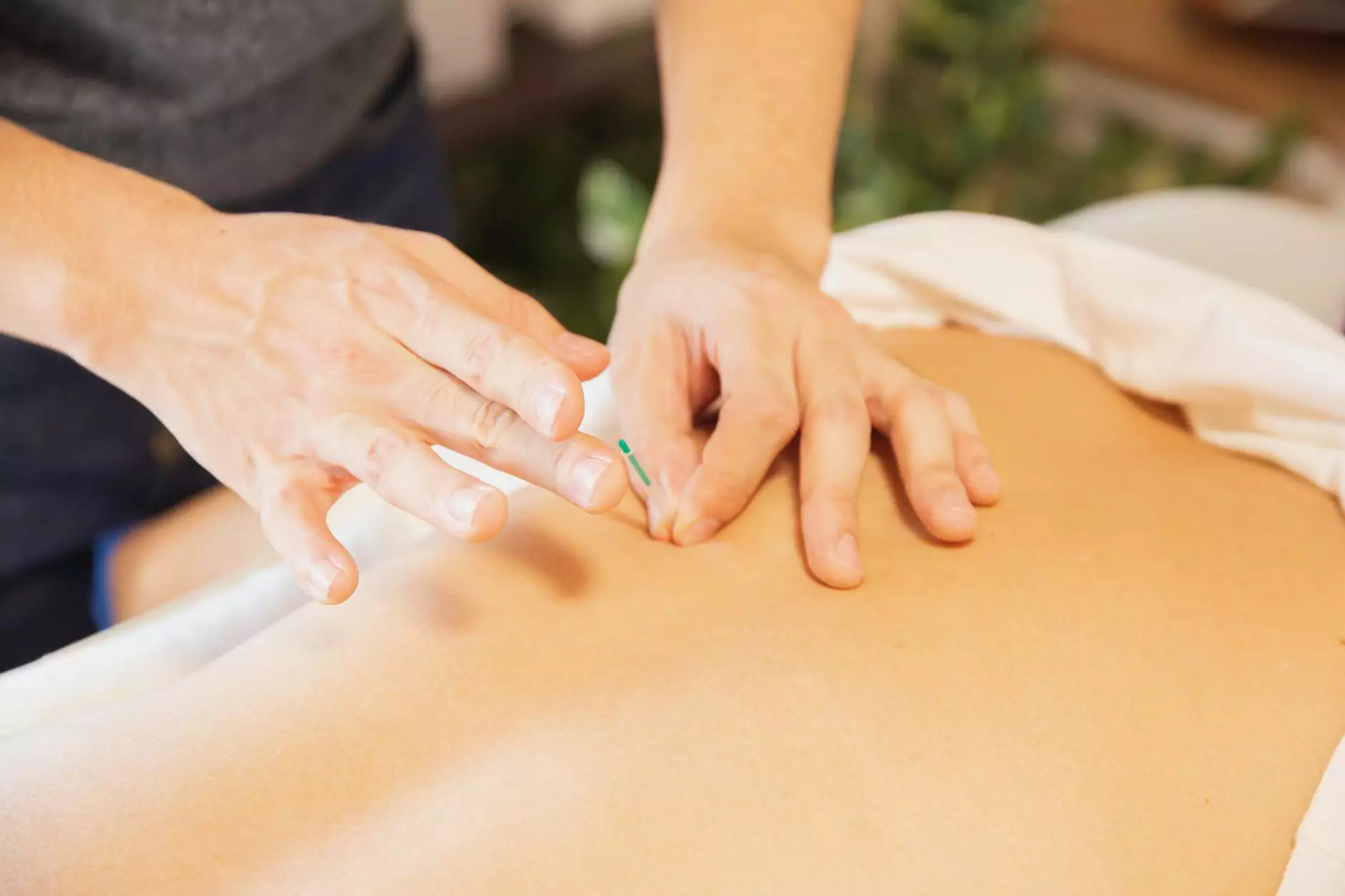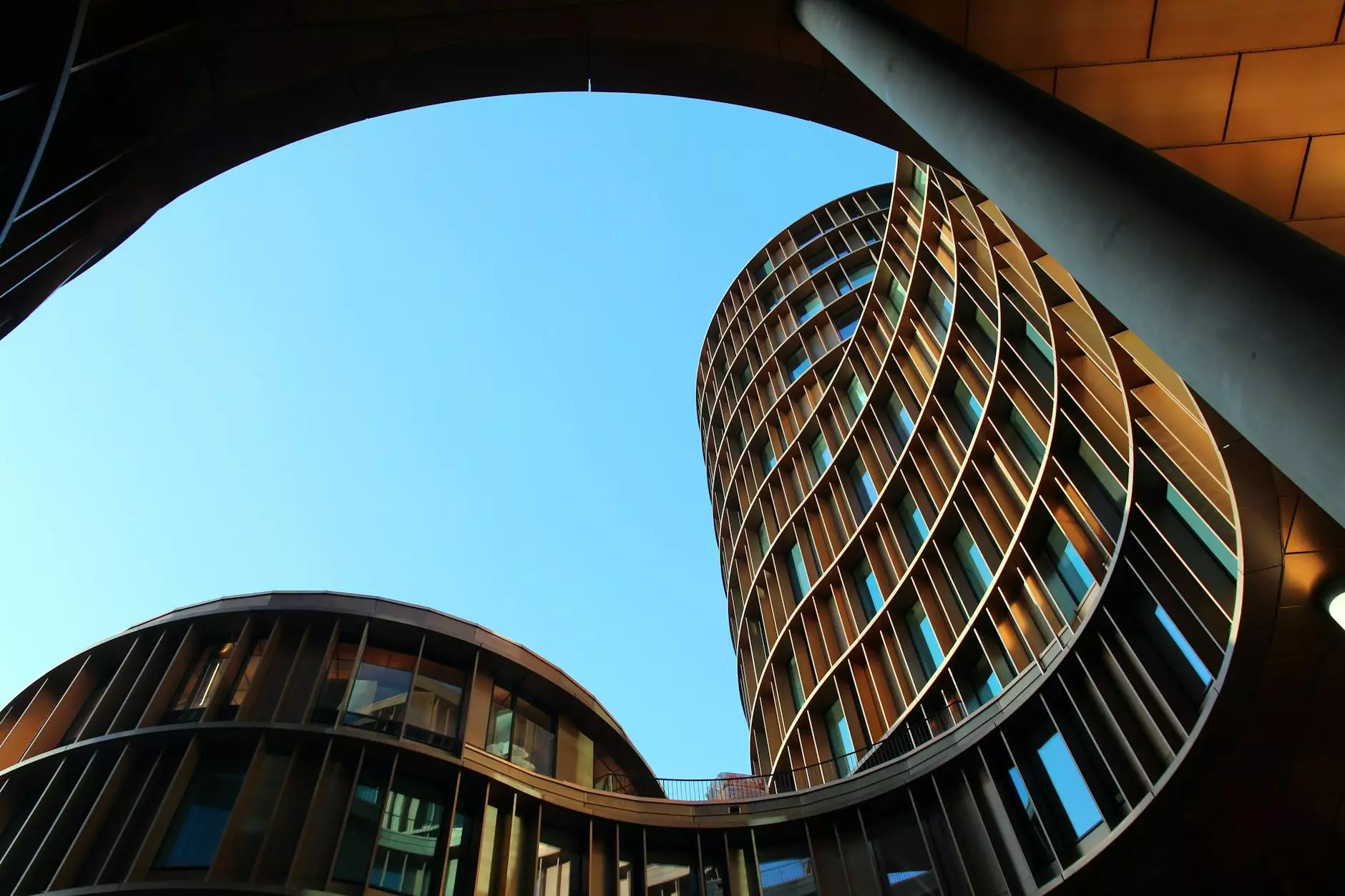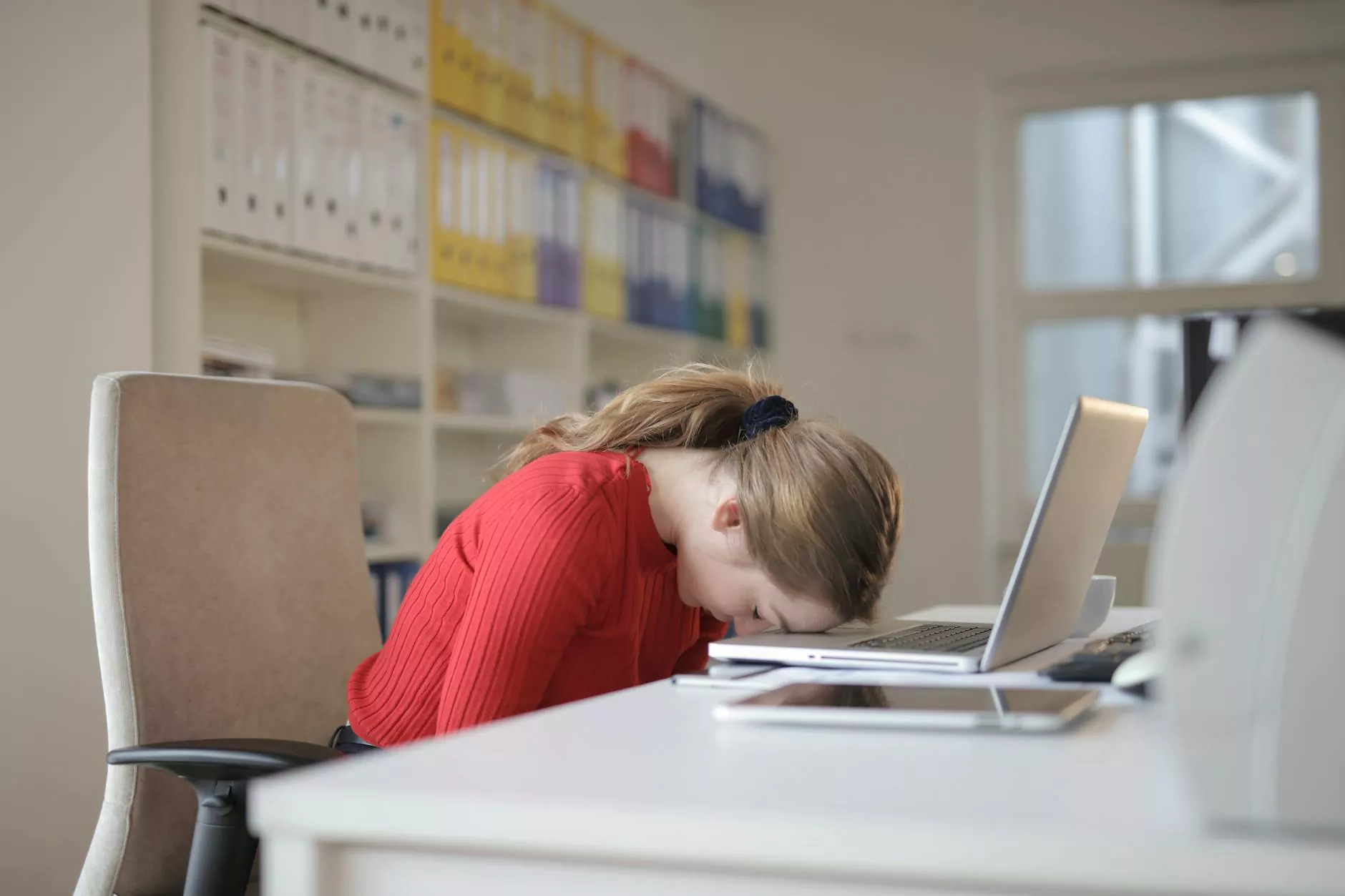Turf Toe Recovery: A Comprehensive Guide to Healing and Rehabilitation

Turf toe is a common injury among athletes, particularly those involved in sports that require quick movements and sudden changes of direction, such as football, soccer, and basketball. This condition typically occurs when an athlete hyperextends the big toe, leading to pain, swelling, and difficulty in moving the toe. Recovery from turf toe is crucial for athletes to return to their sport effectively and safely. In this extensive guide, we’ll delve into the intricacies of turf toe recovery, ensuring you have the knowledge required for a full and effective rehabilitation.
Understanding Turf Toe
Turf toe refers to a sprain of the ligaments around the big toe joint. It often results from the toe being forcibly bent backward, a movement commonly experienced on artificial turf surfaces. The injury can vary in severity, with symptoms ranging from mild discomfort to significant pain and restricted movement.
Symptoms of Turf Toe
- Pain around the big toe joint, particularly when moving the toe or placing weight on it.
- Swelling in the affected area.
- Stiffness in the toe joint, especially after periods of inactivity.
- Bruising may also occur around the toe joint in more severe cases.
Initial Treatment for Turf Toe
Immediately following the injury, it's essential to follow the RICE method to minimize swelling and pain:
RICE Method
- Rest: Avoid activities that cause pain, and allow your toe time to heal.
- Icing: Apply ice wrapped in a cloth to the affected area for 15-20 minutes every hour to reduce swelling.
- Compression: Use a compression bandage to help decrease swelling.
- Elevation: Keep the affected foot elevated above heart level to help reduce swelling.
Understanding the Severity of Turf Toe
Turf toe injuries are classified into three grades, which denote the severity of the sprain:
Grade I (Mild)
In this stage, there is slight spraining of the ligament with minor pain and swelling. Typically, you can continue with light activity.
Grade II (Moderate)
Moderate sprains involve partial tearing of the ligament. Pain is more pronounced, with swelling and bruising. Movement is limited, and patients generally require a period of immobilization.
Grade III (Severe)
A grade III turf toe involves a complete tear of the ligament, causing severe pain, extensive swelling, and instability in the big toe. This level of injury often requires a longer recovery time and possible surgical intervention.
Diagnosing Turf Toe
If the symptoms mentioned persist or worsen, it is vital to consult a healthcare professional, preferably a specialized podiatrist. A thorough examination, including physical tests and imaging if necessary, will determine the extent of the injury and guide the treatment plan.
Comprehensive Treatment Options for Turf Toe Recovery
The key to effective turf toe recovery lies in a multi-faceted treatment approach. Here’s a breakdown of various treatment options:
Medication
Over-the-counter non-steroidal anti-inflammatory drugs (NSAIDs), such as ibuprofen or naproxen, can help alleviate pain and reduce inflammation. Always follow the dosage recommendations and consult a doctor if you have any underlying conditions.
Physical Therapy
Once the initial pain and swelling subside, physical therapy becomes instrumental. A physical therapist can develop a tailored rehabilitation program including:
- Range of motion exercises: To restore flexibility in the toe.
- Strengthening exercises: To strengthen the surrounding musculature.
- Balance training: To enhance stability and prevent future injuries.
Orthotic Devices
Specialized shoe inserts or braces can help immobilize the toe during the recovery process. These devices assist in off-loading pressure from the toe, supporting proper alignment, and allowing for more comfortable movement.
Surgery
In cases of severe turf toe where conservative treatments fail, surgical intervention may be required. Surgery typically involves:
- Repairing or reconstructing the damaged ligaments.
- Stabilizing the joint to restore function.
Rehabilitation Timeline for Turf Toe
The rehabilitation process varies based on the severity of the injury:
Grade I Recovery Timeline
Typically, recovery takes 1-2 weeks with early range of motion exercises commencing as swelling decreases.
Grade II Recovery Timeline
Recovery may extend from 2-4 weeks, requiring a more extensive rehabilitation plan and reintroducing activities gradually.
Grade III Recovery Timeline
The most significant injuries often take 6-12 weeks for full recovery, and surgery might prolong this timeline depending on the procedure.
Returning to Sports Post-Recovery
Returning to sports after a turf toe injury must be approached with caution. Here are steps that ensure a safe return:
- Follow a graduated return-to-play protocol: Gradually increase intensity and duration of activities.
- Use supportive footwear: Ensure you have shoes with adequate support and cushioning.
- Listen to your body: If pain recurs, consult your health professional before continuing.
Preventing Future Turf Toe Injuries
Once you have recovered from turf toe, taking steps to prevent a recurrence is vital:
- Wear appropriate footwear: Choose shoes with proper toe support and cushioning.
- Engage in proper warm-up and stretching: Always warm up before activities to prepare the muscles.
- Strengthen foot muscles: Focus on foot and toe strengthening exercises during off-seasons.
- Be cautious on playing surfaces: Be aware of the conditions and try to avoid slippery or uneven surfaces.
Conclusion
In conclusion, turf toe recovery is a vital process that demands adherence to protocols and patience. By understanding the severity of the injury, engaging in proper treatment and rehabilitation, and taking preventative measures, athletes can significantly reduce their risk of re-injury. Always consult with a healthcare professional at thefootpractice.com for expert advice and tailored recovery strategies tailored to your unique situation. With the right approach, athletes can confidently return to their beloved sports, better equipped to face the challenges ahead.
References
For further information about turf toe recovery and specialized care, don't hesitate to contact your local podiatrist or visit thefootpractice.com.









